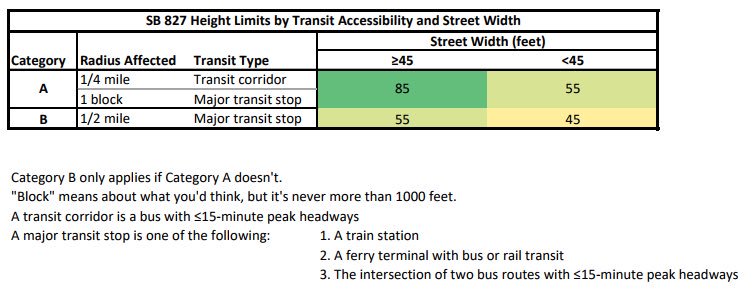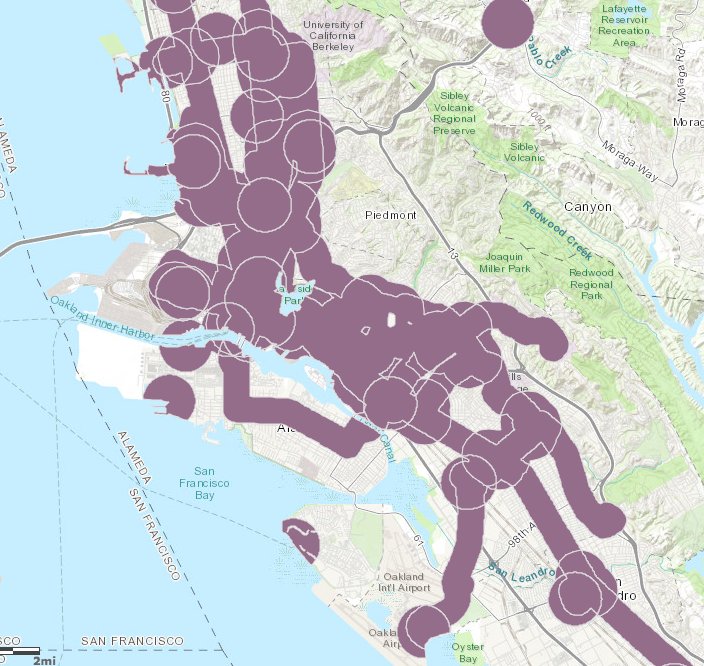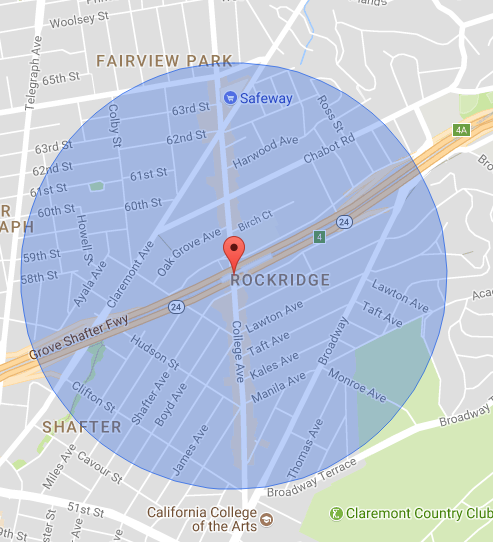State Senator Scott Weiner announced yesterday the first salvos as part this year’s focus on our state’s housing shortage in the state legislature.
- SB-827, Mandating Denser & Taller Zoning Near Transit
- SB-828, RHNA Reform: Relying on Data, Not Politics, in Projecting Housing Needs
- SB-829, Expanding Farmworker Housing While Maintaining Strong Worker Protections
Our own East Bay senator Nancy Skinner is the principle co-author of SB-827. Lets have a look at why this bill matters so much.
What does it do?
SB-827 is fairly straightforward, though it is clearly subject to change and improvement over the coming months in the legislative process. SB-827 mandates high density housing near transit using specific definitions of “near transit” and “high density”. Depending on how far away from a major transit station or transit corridor, the minimum building height is between 45 and 85 feet. A city’s local zoning ordinance may go taller than that, but it can’t be any shorter.
45 to 85 feet is the sweet spot for “missing middle” housing. These include things like duplexes, triplexes, all the way up to 7 story apartment buildings. Most of these are going to be wood framed structures on top of a concrete podium or foundation, not glass and steel skyscrapers. This also happens to be the sweet spot for producing affordable housing through inclusionary zoning ordinances such as Oakland’s recent Affordable Housing Impact Fees or even the state density bonus.
That already sounds amazing, but it goes several steps further! According to the bill’s fact sheet:
A development in a transit-rich housing zone will be exempted from local controls on maximum residential density, maximum floor area ratio, and minimum automobile parking spaces. In addition, if the local government has adopted height maximums that are lower than 45 to 85 feet, depending on the transit access and urban design characteristics of the street, a transit-rich housing project is granted a new, higher height limit to accommodate more homes
Yes, you read that right. SB-827 preempts a city’s restrictions on parking minimums, floor area ratio, and residential density.
How near transit is near transit?
As written, the bill defines this in two ways. First, it outlines transit corridors and major transit stops.
- Transit corridor, n: Any street serviced by a bus route operating with faster than a 15 minute frequency
- Major transit stop, n: The intersection of two bus routes operating with faster than a 15 minute frequency, or a train station, or a ferry terminal with other transit.
Second, it applies within either 1/4 mile of a transit corridor, one block of a transit stop, or 1/2 mile of a transit stop. Each of those distances gives a different height limit.
Finally, it considers the width of the street the project is on, splitting between over 45′ wide or under 45′ wide using the distance between curbs. EBFE member Ira produced this lovely chart that breaks it all down:

Okay, so where does it apply?
The Metropolitan Transportation Authority, MTA, is our regional planning body. As part of their regional planning work, they are tasked with tracking this sort of information. While they don’t currently have a readily accessible map reflecting SB-827, their current map of Priority Development Areas is close enough.

As you can see, Rockridge is completely within the affected area. Even if one were to only look at rail stations, you get this map of Rockridge:

This is amazing. How can I help?
The legislative session has just started as of January 3rd, meaning now is the time to get ahead of the game! Write or call your state representatives and ask them to support SB-827’s passage.
Also consider attending our AD 15 Candidate Housing Policy Forum on January 24th to hear your candidates’ takes on SB-827.